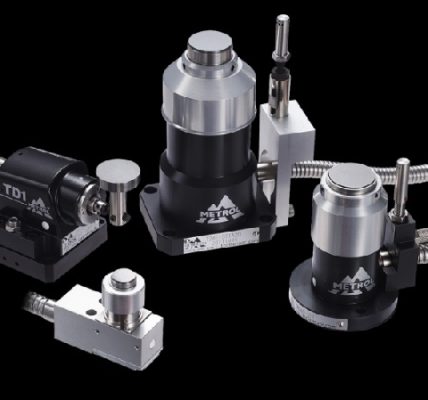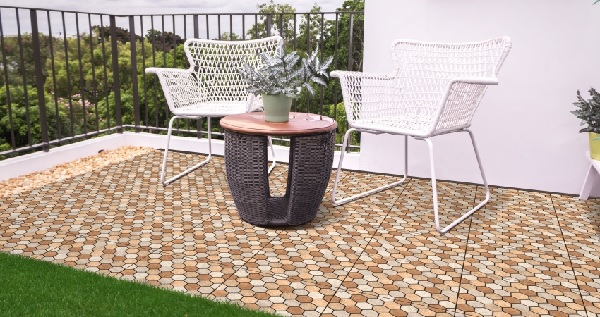Creating your own
musical mnemonic devices is an engaging and effective way to enhance memory retention and recall through the use of music. Whether you are a student trying to memorize academic content, a professional looking to remember key points for a presentation, or just someone interested in improving their memory skills, musical mnemonics can be a valuable tool. This comprehensive guide will walk you through the process of creating your own musical mnemonic devices, covering everything from understanding the basics of mnemonics and music theory to practical steps for crafting your mnemonics.
Understanding Mnemonics and Music
1. What are Mnemonics?
Mnemonics are memory aids that help you remember information through patterns such as letters, ideas, or associations. Common types of mnemonics include acronyms, phrases, and rhymes.
2. Why Use Music as a Mnemonic?
Music engages multiple areas of the brain, including those responsible for auditory processing, emotion, and language. Studies have shown that music can improve the retention and recall of information when used as a learning aid. The melody and rhythm of music make it an excellent vehicle for memory retention.
Basic Music Theory for Mnemonics
3. Understanding Melody and Rhythm
Before you start creating musical mnemonics, a basic understanding of melody (the tune) and rhythm (the timing) is helpful. Melody can help encode the information in a tuneful way, while rhythm can emphasize key points or structure the information.
4. Choosing a Musical Scale
Select a musical scale that you find appealing; common choices are major scales for their bright, uplifting sound, or minor scales for a more somber tone. The scale you choose will serve as the foundation for your mnemonic melody.
Steps to Create Musical Mnemonic Devices
5. Identify the Information to Remember
Start with clearly defining the information you want to remember. This could be a list of terms, a sequence of steps, a set of dates, etc.
6. Convert Information into Lyrics
Translate the information into simple, memorable lyrics. This might involve rhyming to make the content stickier to memory. For example, if you need to remember the colors of the rainbow, you might use a lyric like, “Red, orange, yellow, green, blue, indigo, violet in the scene.”
7. Set Lyrics to Music
Now, put these lyrics to a melody. You can either create your own melody or adapt a well-known tune for simplicity. For instance, adapting the melody of “Twinkle Twinkle Little Star” to fit your lyrics can be an effective approach.
8. Incorporate Rhythmic Elements
Rhythm helps to reinforce the memory by providing a consistent pattern that enhances recall. Experiment with different rhythms to see what best helps you remember the lyrics.
9. Use Repetition
Repetition is key in solidifying what you’ve learned. Repeat your musical mnemonic several times to help cement it in your memory.
10. Practice Regularly
Regular practice is essential. Try to sing or recite your mnemonic daily, and test yourself to see what you can recall without cues.
Advanced Tips
11. Tailor to Learning Styles
Consider your learning style. Some people might find slow, melodic tunes more effective, while others might prefer fast-paced, rhythmic songs.
12. Use Musical Instruments
If you play an instrument, consider using it to enhance your mnemonic. This can make the learning process more fun and engaging.
13. Record Your Mnemonics
Recording your musical mnemonics can help you use them on-the-go. Play them back when you’re commuting, exercising, or whenever you have some spare time.
14. Share and Get Feedback
Share your mnemonics with friends or teachers to get feedback. They might offer suggestions to improve or catch errors you might have missed.
Conclusion
Creating your own musical mnemonic devices can be a delightful and effective way to enhance your memory and make learning fun. By understanding the basic elements of music and mnemonics and following the outlined steps, you can begin to create personalized tools that cater to your informational needs and learning style. Remember, the key to effective mnemonics is creativity, enjoyment, and regular practice. So, grab your favorite tune, and start crafting mnemonics that stick!
click
here to visit website























